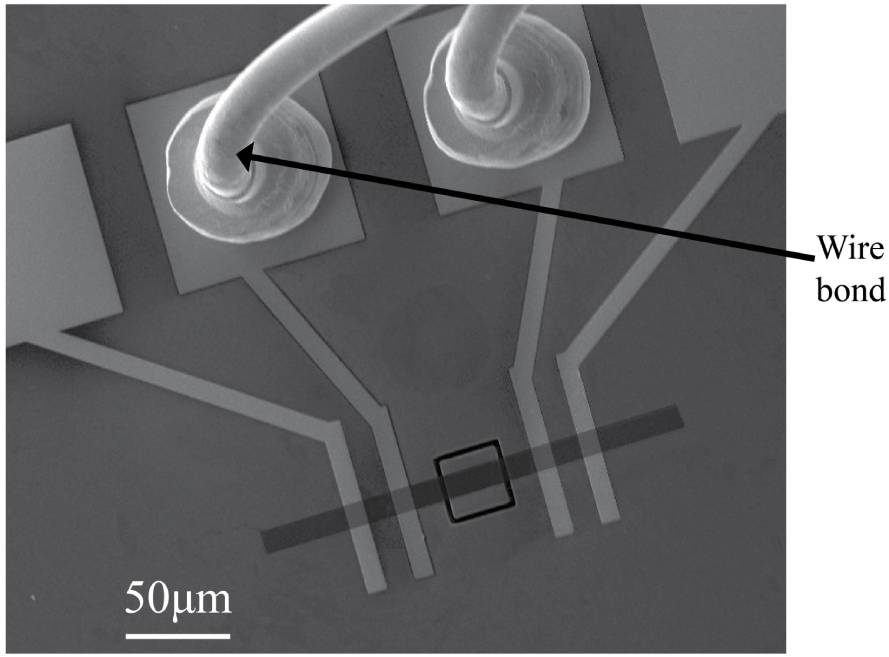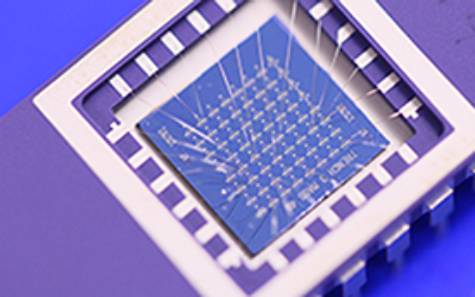The current breakthrough in wearable technology with the smallest accelerometer can bring about some massive changes in technology in the future. An accelerometer is a handy device that measures electromagnetic forces.
The sensors that are present in an accelerometer can help in detecting earthquakes and can also be used in medical devices such as artificial body parts. Mobile technology and smartphones easily identify their orientation with the help of an accelerator.
Hence, the smallest accelerometer will offer a possibility to use it for navigation technologies and body sensors in a more intricate way. The researchers at KTH have developed the most miniature accelerometer using a highly conductive nanomaterial known as graphene.
This is excellent progress in using graphene material and nanotechnology. The development of this accelerometer is positive in this direction.

Graphene is one of those unique materials with properties that help in building extremely small accelerometers.
According to Xuge Fan, who is a researcher in the Department of Micro and Nanosystems at KTH, “We can scale down components because of the material’s atomic-scale thickness, and it has great electrical and mechanical properties. We created a piezoresistive NEMS accelerometer that is dramatically smaller than any MEMS accelerometers available today but retains the sensitivity these systems require.
“The future for such small accelerometers is promising. He compares advances in nanotechnology to the evolution of smaller and smaller computers. This could eventually benefit mobile phones for navigation, mobile games, and pedometers. In addition to that, it can work with monitoring systems for heart disease and motion-capture wearables that can monitor even the slightest movements of the human body,” Xuge further added.

Hence, it is a massive breakthrough because it paves the way for some more developments in the field of nanotechnology using graphene. Moreover, when this material develops in a way that its manufacturing becomes industry compatible, it will be even more useful.
This development is very promising for wearable devices as well as navigation or gaming in mobile phones. It has the capacity to enhance the overall experience of using a smartphone or a wearable device with the smallest accelerometer!



